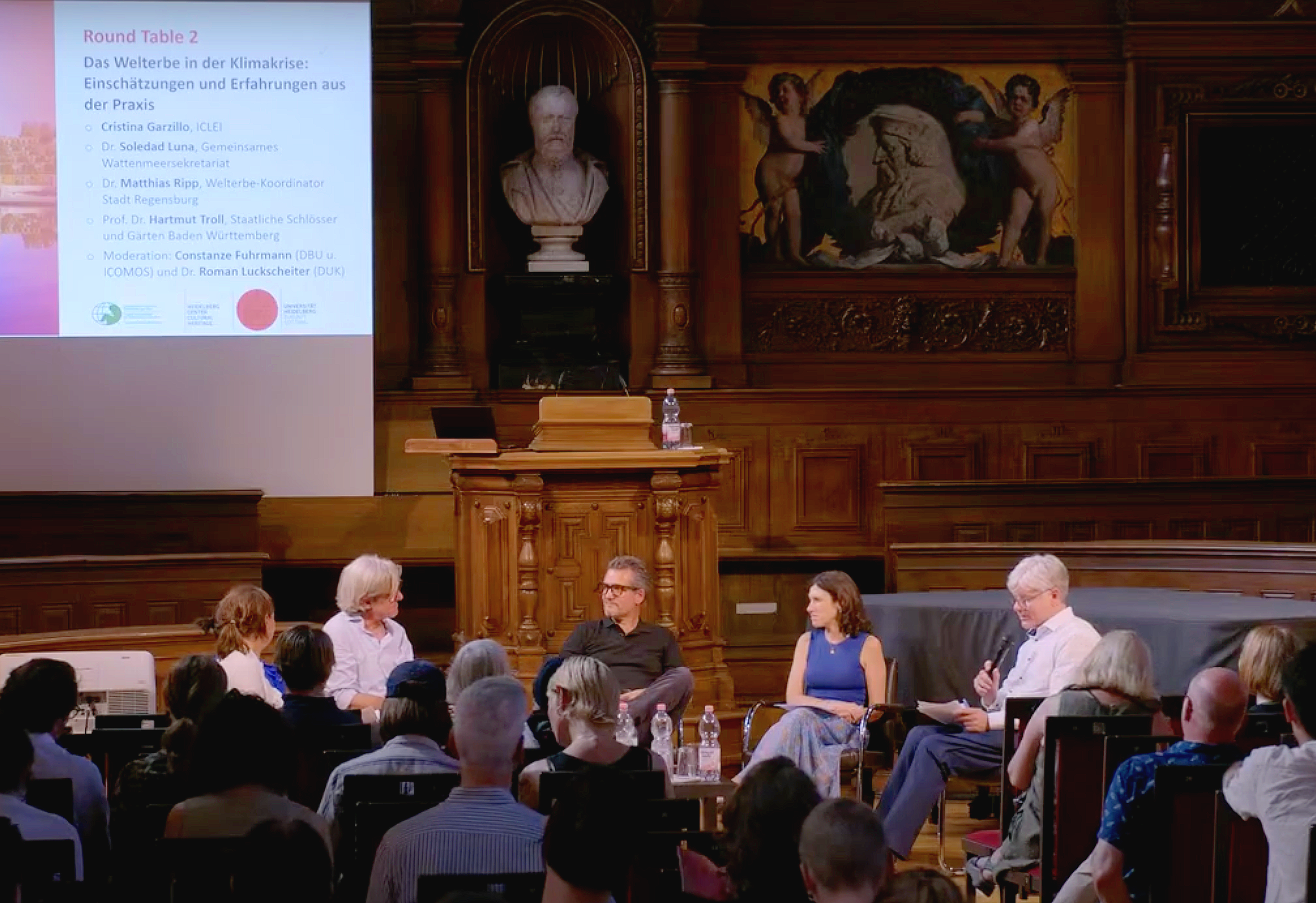‘A Future for Whose Past’: Where Are Communities, Minorities and Other Groups in the World Heritage Discourse?
Co-authored by Birgitta Ringbeck
A collaboration between ETH Zurich, the Swiss Cultural Heritage Network, École polytechnique fédérale de Lausanne (EPFL) and ICOMOS Switzerland led to the conference "A future for whose past? The heritage of minorities, fringe groups, and people without a lobby" held in October 2025 at Monte Verità. This “mountain of truth,” famous for its history as a place for life-reformers and alternative movements in the early 20th century, now hosts museum sites and a conference centre.
A collaboration between ETH Zurich, the Swiss Cultural Heritage Network, École polytechnique fédérale de Lausanne (EPFL) and ICOMOS Switzerland led to the conference "A future for whose past? The heritage of minorities, fringe groups, and people without a lobby" held in October 2025 at Monte Verità. This “mountain of truth,” famous for its history as a place for life-reformers and alternative movements in the early 20th century, now hosts museum sites and a conference centre.
When the European Architectural Heritage Year was launched in 1975 under the theme "A future for our past," it served as a wake-up call in light of ongoing heritage destruction. At that time, many environmental and heritage NGOs were founded, as well as institutions dedicated to safeguarding heritage. Now we ask: Whose past are we going to preserve in the future?
While definitions of "our heritage" have evolved over time, the heritage of communities and minorities is still often overlooked or marginalized. This is especially true for World Heritage, which is defined by an international Convention ratified by 196 Nation States, each seeking to see its dominant heritage and national history represented on the UNESCO World Heritage List. In a session "Questioning World Heritage," we discussed examples such as the interpretation by right-wing groups and feminist organizations at the Fortress of Bellinzona (Switzerland), the heritage and involvement of Bedouins at Petra (Jordan), and the lives of workers represented in industrial heritage (Semmering Railway, Austria). Based on our review of World Heritage inscriptions from the perspective of local communities, indigenous peoples, underrepresented groups and minorities, we made several recommendations for future listings. These include grounding national Tentative Lists with in-depth consultations, and reconsidering or spacing nominations from well-represented countries and regions. We also joined the call to include provisions for memory sites in the Operational Guidelines (see earlier blog by Christina Cameron, 2025).
The movements of peoples (as already highlighted in the 1994 World Heritage Global Strategy), migration, and diverse cultural manifestations have fundamentally shaped our understanding of shared heritage. Today, climate change, rapid globalization and digital transformation are reshaping some fundamental conditions of our lives, cultural heritage, natural environments, and heritage conservation practice. At the "mountain of truth," our discussions showed how institutional frameworks, processes and mechanisms often marginalize those without voices, with little historical visibility or with overlooked tangible cultural expressions. We explored in particular the situation of memory sites, overlooked monuments, urban heritage beyond landmark monuments, intangible heritage and unseen identities, migration spaces, regional minorities, and postcolonial or subcultural perspectives.
Our debates highlighted that we as heritage experts, associations, communities and NGOs can help reshape policies and support the recognition of minority heritage.
In their invitation, the organizers had noted that recent discussions on intangible heritage, the heritage of Indigenous peoples, and postcolonial discourses have already begun to transform heritage preservation fields—but then they asked:
"Would it be possible to conceive and practice monument preservation in a more inclusive way, and to learn from the perspectives of those who have been overlooked or underrepresented? What would it mean for heritage conservation to focus more on the heritage of marginalized communities? Which places and stories would become visible? And how would practice—materially, legally, institutionally—have to change to make room for this part of heritage?"
We believe that OurWorldHeritage is an excellent place and space to continue these discussions—including in webinars, globinars and in-person exchanges.
About Co-author
Dr. Birgitta Ringbeck is a German heritage policy expert and art historian, currently active with the German World Heritage Foundation and former head of the World Heritage Coordination Office Berlin.
Poster of the conference at Monte Verità in Switzerland.





